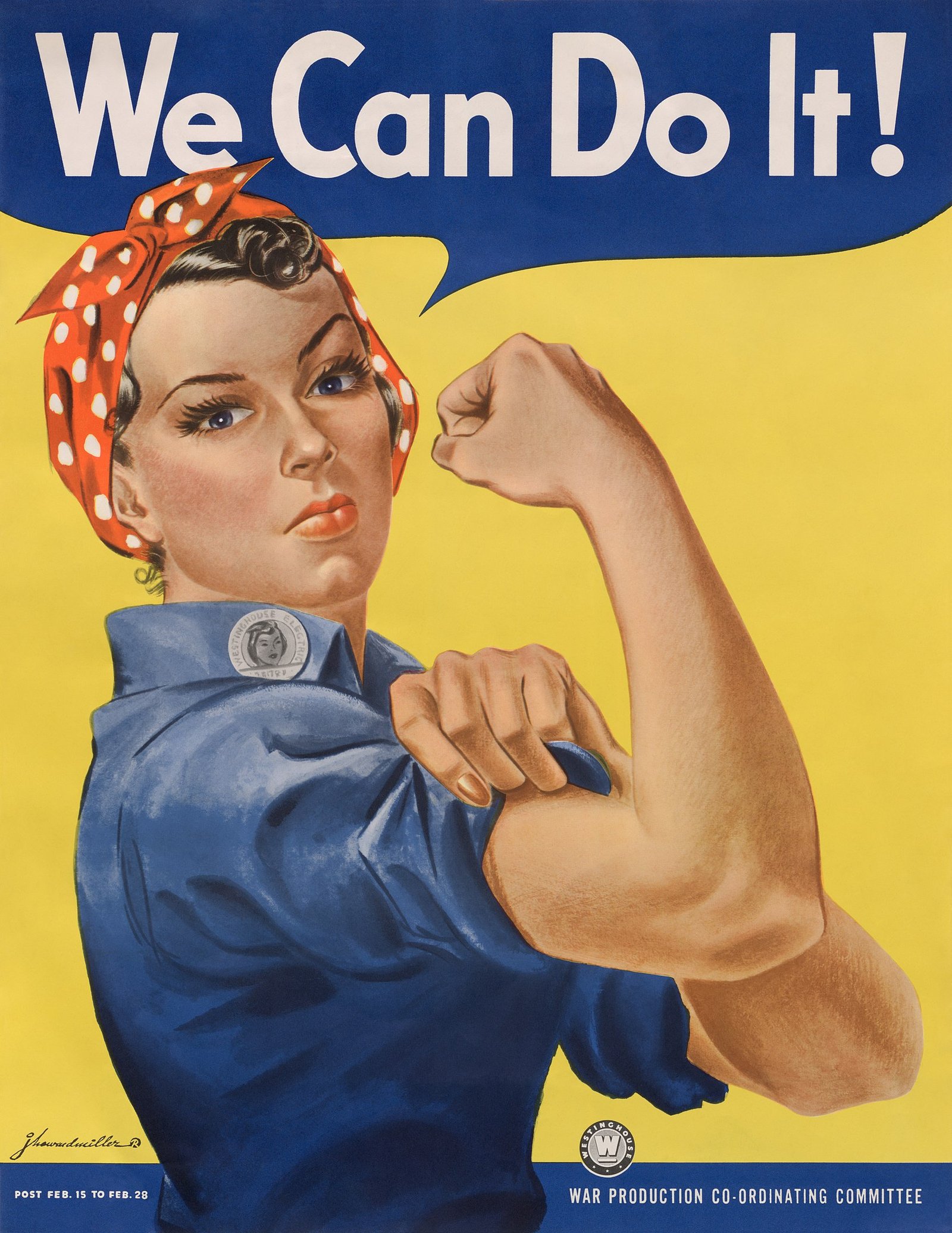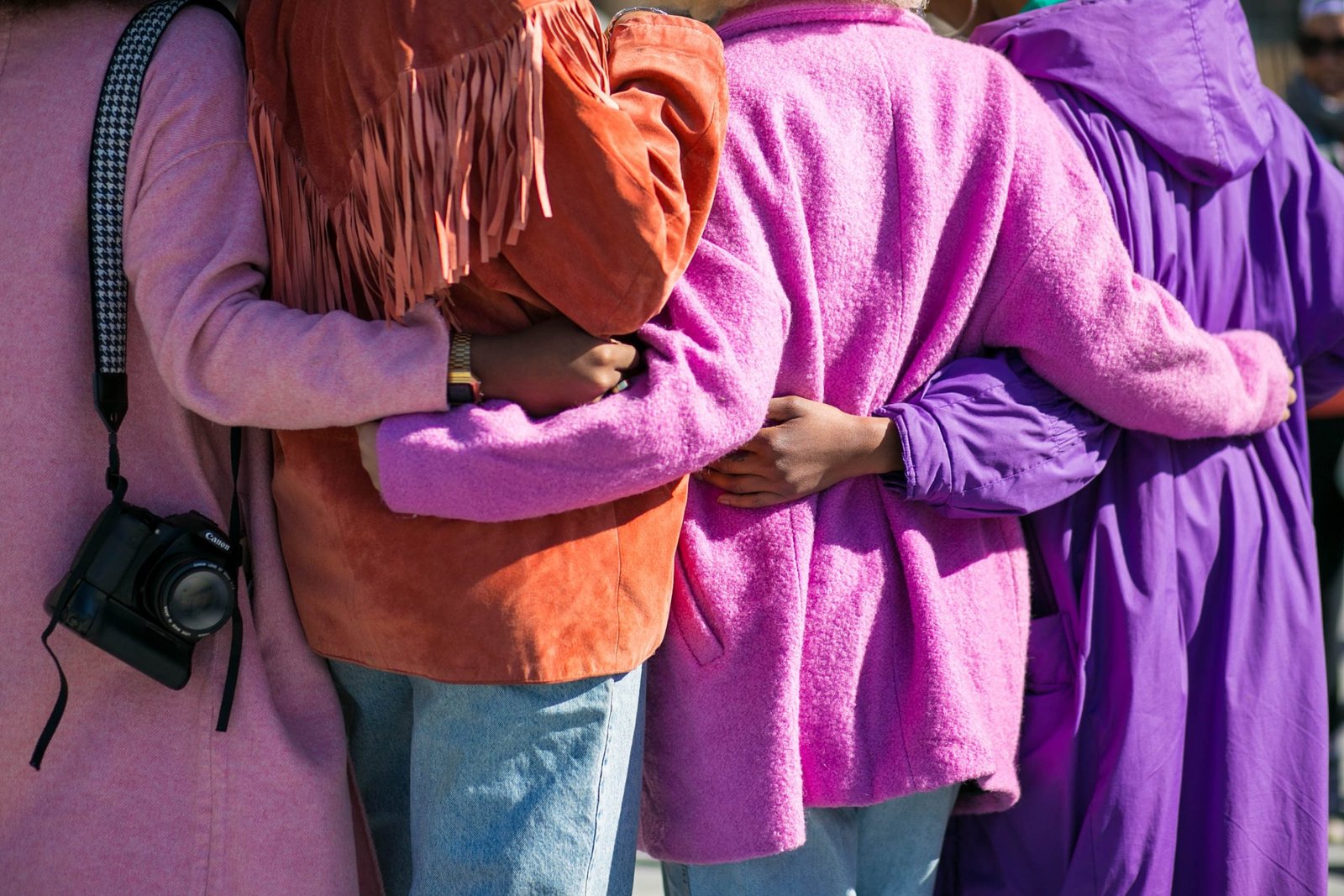The iconic image of Rosie the Riveter, now synonymous with female empowerment and strength, was created by American artist J. Howard Miller in 1942. However, the original image was titled “We Can Do It!” and had no association with anyone named Rosie. It is believed that this drawing was part of the Westinghouse Electric Corporation’s wartime production campaign to recruit female workers.
Miller’s drawing depicted a woman wearing a red bandana, with her bent arm flexed as she rolled up her shirtsleeve. This image symbolized the resilience and determination of women who were contributing to the war effort on the home front. It served as a powerful visual representation of the capabilities and importance of female workers during World War II.
In 1943, the song “Rosie the Riveter” was released, written by Redd Evans and John Jacob Loeb. This song further popularized the concept of Rosie the Riveter, emphasizing the patriotic qualities of the mythical female war employee who defended America through her work.
Shortly after the song’s release, Norman Rockwell’s version of Rosie the Riveter appeared on the cover of The Saturday Evening Post in May 1943. Rockwell’s depiction portrayed a more muscular woman in a blue jumpsuit, wearing a red bandana and enjoying a sandwich. He even placed the name “Rosie” on the lunch box of the worker, solidifying the association between the image and the name.
Since then, Rosie the Riveter has become an enduring symbol of female empowerment and the important role women played in the war effort. Her image continues to inspire and remind us of the strength and resilience of women throughout history.





